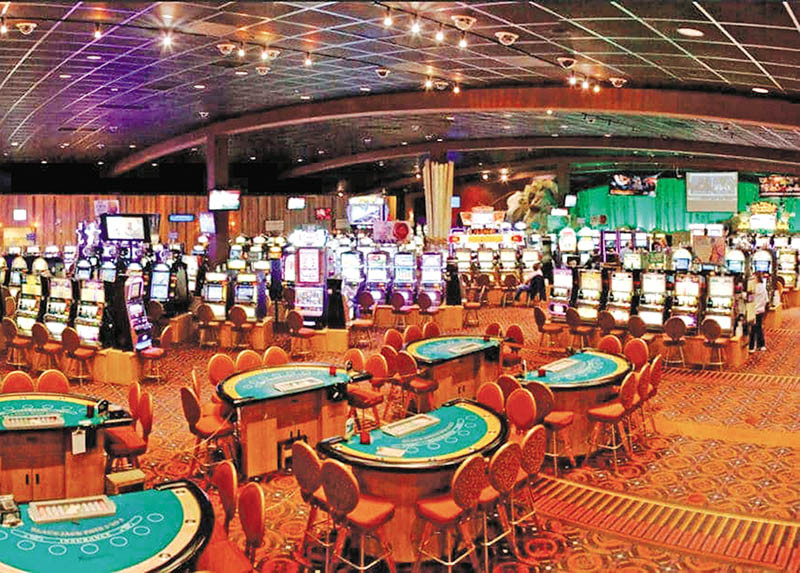
Nam Hoi An (Hoiana), the second largest casino resort project in Vietnam, with an investment of 4 billion USD by VinaCapital and SunCity, after many years of changing investors and delays, finally opened in mid-2020. But at that time, the Covid-19 pandemic broke out.
During 1.5 years of operation of Hoiana, it was also the time Vietnam and many countries around the world had to "close the door" because of the epidemic.
Since it came into operation to the end of January 2022, the company accumulated a loss of 5,671 billion VND. However, by the end of 2021, the company paid 1,764 billion VND of taxes to the state budget, including 604 billion VND of VAT. It is expected that in the next four years, from 2022 to 2025, this firm will pay a total of more than 30,000 billion VND of taxes to the state budget, including over 3,200 billion VND in 2022.
In that difficult situation, last year, Nam Hoi An Development Co., Ltd, the owner of Hoiana, asked Quang Nam province’s permission to convert part of the project into an urban area. This March, it repeated the proposal. The decision to adjust the investment purpose of this project must have the approval of the Ministry of Planning and Investment and related ministries and agencies.
However, Nam Hoi An's request to convert part of the project into an urban area is not a surprise.
Both Nam Hoi An and Ho Tram Strip (in Ba Ria - Vung Tau province) have a registered investment capital of 4 billion USD (at the time these two projects were granted investment certificates, the law regulated that resort projects with casinos must have capital of 4 billion USD or more), but phase I of both projects are registered with investment capital of only 500 million USD.
Although Ho Tram Strip has implemented phase II, with a disbursed capital of more than 1 billion USD, it is said that the registered capital of 4 billion USD is unlikely to be poured into resorts and casinos only, especially when only Phu Quoc and Van Don casinos (Van Don casino has not been built) are allowed to serve Vietnamese players.
It's not easy for casinos to get money
Many casinos have been operating at loss for years.
One of the most mentioned casinos is the Royal Casino in Quang Ninh province. According to the unaudited financial report of Hoang Gia International Joint Stock Company, in 2021, this company earned consolidated revenue of nearly 75 billion VND, down over 40% over 2020 and incurred net loss of 96.5 billion VND. The casino business alone got losses of nearly 62 billion VND.
Hoang Gia has had three consecutive years of getting loss. Since 2016, this firm reported profit only in 2018. It reported losses of 72.79 billion VND in 2019, and 81.54 billion VND in 2020.
Currently, RIC shares of Hoang Gia are listed on the stock exchange, but are under control and in danger of being delisted from the HoSE.
According to a recent report submitted to the Government by the Ministry of Finance, the only casino that is allowed to serve Vietnamese player - Corona Phu Quoc - also suffered from accumulated losses of 2,763 billion VND.
In the whole market, the Ministry of Finance said that revenue from casino business in 2018-2019 increased by 134% and 165%, respectively compared to the previous year. In 2020, revenue from casino services dropped sharply, reaching 1,727 billion VND, down 28% compared to 2019.
However, opportunities are being opened up, as Vietnam has reopened its border for international tourists and international air routes have been restored.
Mr. Paul Porntat, non-executive chairman of Donaco, the investor of Aristo casino in Lao Cai province, said that he is “very optimistic” about the future of Donaco.
According to him, the high vaccination rate in the region where Donaco operates and Vietnam’s reopening of tourism will be the reason for the company's better business.
Meanwhile, plans to open new casinos are continuing in Thua Thien Hue, Phu Quoc, Van Don and Khanh Hoa.
Dau Tu